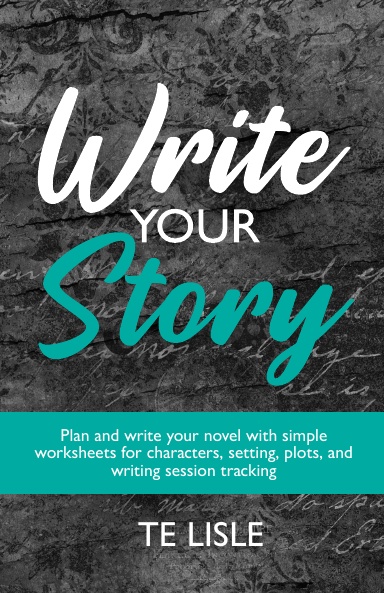There is a phenomenon where some people can actually read descriptions and actually picture it in their head. The smells, the sights, it plays for them like television or like a memory. It’s vivid and it can actually put them right in the scene. Crazy, right?
I was then informed that I have aphantasia and I am the weird one.
This does, however, explain why not only do I am so quickly bored with description, but also why I struggle with writing it. Which I know full well I need to get better at. So, in case you are like me and are looking for ways to improve as well, here’s a few strategies I’ve used to help.
Take note of your physical surroundings when they match
Going out into the world and experiencing surroundings is a great way to start trying to figure out descriptions. If I have a setting that is reasonably close to what I want, I have gone to that place and written down what I saw, heard, or generally experienced.
At one point, I was going so far as to try and recreate the scenes that I was trying to describe so that I could get a better description. I do not generally recommend this if you’re not writing contemporary settings.
I do, however, highly encourage taking phots and video along with notes so you can use them in your scenes!
Find art assets
If what I’m looking for doesn’t exist in reality, I will just look up images that get as close to that vague impression of a thing that is in my head. Once I have that, I can just talk about what it looks like.
If it’s a video, I can describe in more detail the way the winds blow or some general ambient movement in the setting. And sometimes I get really lucky and there’s a comments section about people who have experienced a setting in a video before and they will comment about it.
Or, if you’re looking for a smell to add to a scene, cooking videos and blogs will sometimes describe scents that sound interesting and can be incorporated in milder ways to help give the tone and ambiance of a scene.
Use the workbook
I use both the Storyteller’s and the Worldbuilder’s workbook a lot more now that I’ve made them because they have the structure that I need to remember some senses that I would otherwise forget to include. They help me to think of the senses that I can include when I’m doing my planning and, once they’re written down, I don’t have to think about what description to include. I just try to make sure I include all of the notes from there.

Write Your Story: Unlock Your Creative Potential
Are you ready to embark on a journey into the world of storytelling? Look no further! Introducing Write Your Story, a comprehensive resource designed to fuel your imagination, enhance your storytelling skills, and bring your characters to life. Whether you’re an aspiring writer, a seasoned author, or simply someone who loves crafting stories, this workbook is your ultimate companion.
This Workbook Contains:
- Story planning spreads
- Setting and location spreads
- Character spreads
- Writing session tracker
Focus on the feeling of the setting over the physical
Ultimately, I do still find description to be incredibly difficult and I don’t tend to remember to include anything about it in my initial drafts until a character interacts with something directly. My writing in general doesn’t rely on a lot of the five senses descriptions in general.
I tend to focus a lot more on mood and atmosphere. If the five senses description helps to enhance these elements, I have a much easier time remembering to include them in the first place, and this feels much more natural to me. Using this as a basis, I can take the notes I have from the workbooks and madlibs description into scenes and characters.
Do you have any other thoughts about writing with aphantasia? Did you even know about it?